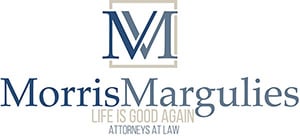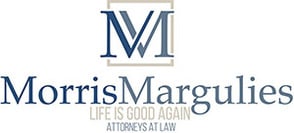
Although student loans are generally nondischargeable debts under the Bankruptcy Code, current bankruptcy law can provide some relief. And, there are signs of hope for the future.
Under § 523(a)(8) of the Bankruptcy Code, student loans are considered to be nondischargeable, unless repaying the loans would be an undue hardship upon the debtor. Although courts have analyzed the meaning of the term “undue hardship” in various ways, the gold standard is generally considered the Brunner Test, which provides:
When determining whether there is an undue hardship, the court requires a three-part showing: (1) that the debtor cannot maintain, based on current income and expenses, a “minimal” standard of living for herself and her dependents if forced to repay the loans; (2) that additional circumstances exist indicating that this state of affairs is likely to persist for a significant portion of the repayment period of the student loans; and (3) that the debtor has made good faith efforts to repay the loans. Brunner v. New York State of Higher Education Services Corp., 831 F.2d 395 (2d Cir. 1987).
In the words of one Bankruptcy Court, a “discharge of educational loans under § 523(a)(8) must be based not simply upon a present inability to pay, but rather upon a certainty of hopelessness that the plaintiff will ever be able to pay.” In re Perkins, 318 B.R. 300 (M.D.N.C. 2004).
While student loans cannot be discharged, a Chapter 13 bankruptcy can still provide a meaningful way to manage student loans in challenging financial circumstances. In a Chapter 13 bankruptcy, it is possible to reduce the student loan payments, as well as the payments to other creditors, to a more manageable level for as long as five years. Although the student loan debt would remain and interest would continue to accrue during the five years, the payments would be more manageable as it will be based on your actual monthly disposable income. This can be especially useful if all forbearance and deferment periods have expired.
While student loans are only discharged in exceptional circumstances, there are signs of hope that are now developing in the law.
First, there is a recent decision by the Seventh Circuit Court of Appeals in Krieger v. Educ. Credit Mgmt. Corp., 713 F.3d 882 (2013). In this case, the Court upheld a lower court ruling permitting the discharge of a $25,000 student loan debt where the debtor was 53-years-old and had not held a job since 1986, when she left the work force to raise a family. The debtor lived in a rural area with few job oppurtunities and lacked the resources to travel in search of employment elsewhere. Although there were still exceptional circumstances, there was not a “certainty of hopelessness” in this case because the debtor was healthy, well-educated and her employment opportunities were not completely foreclosed.
A second development has been the introduction of legislation in Congress of H.R. 532: the “Private Student Loan Bankruptcy Fairness Act of 2013″. Under the Act, private student loans–not federal direct loans, would be dischargeable in bankruptcy without a showing of undue hardship. Although only $150 billion of the $1 trillion in student loan debt consists of private student loans, this still represents a major development. I would encourage all debtors to lobby their Congress representatives to vote in favor of this legislation.

